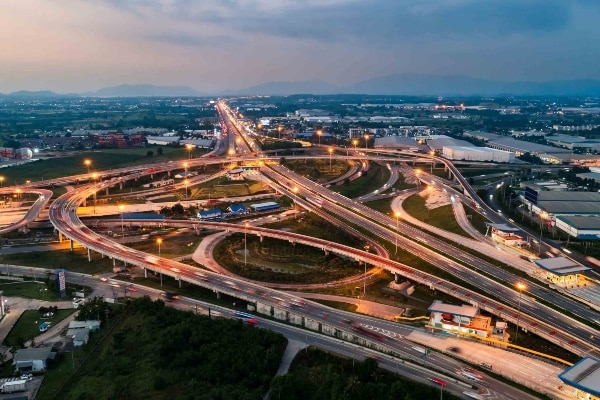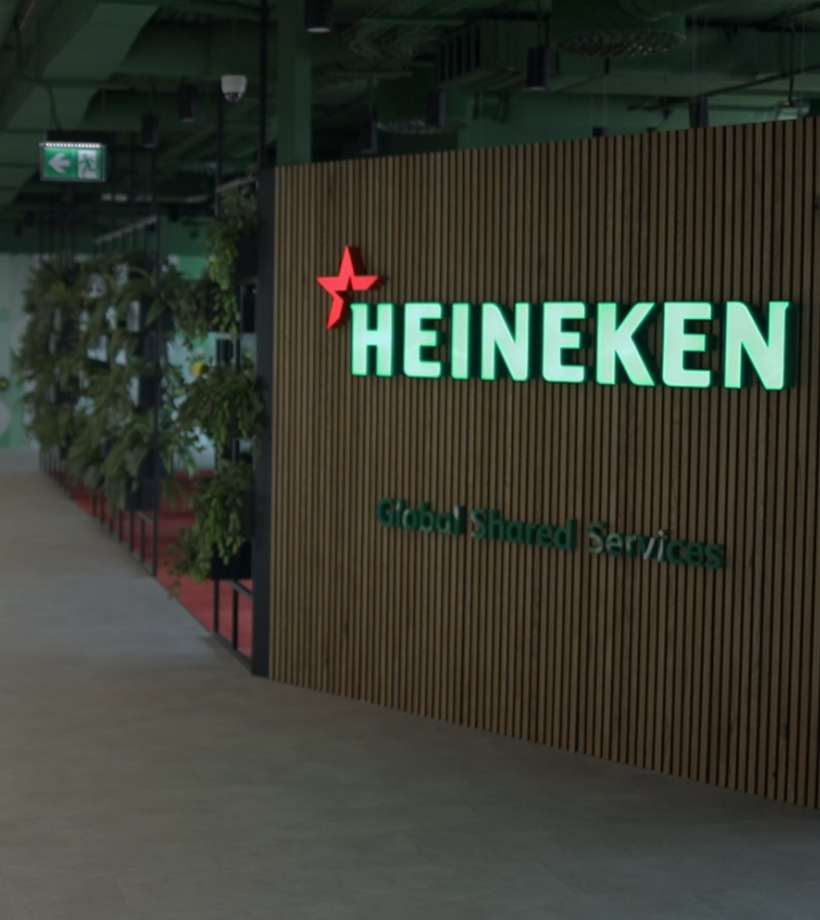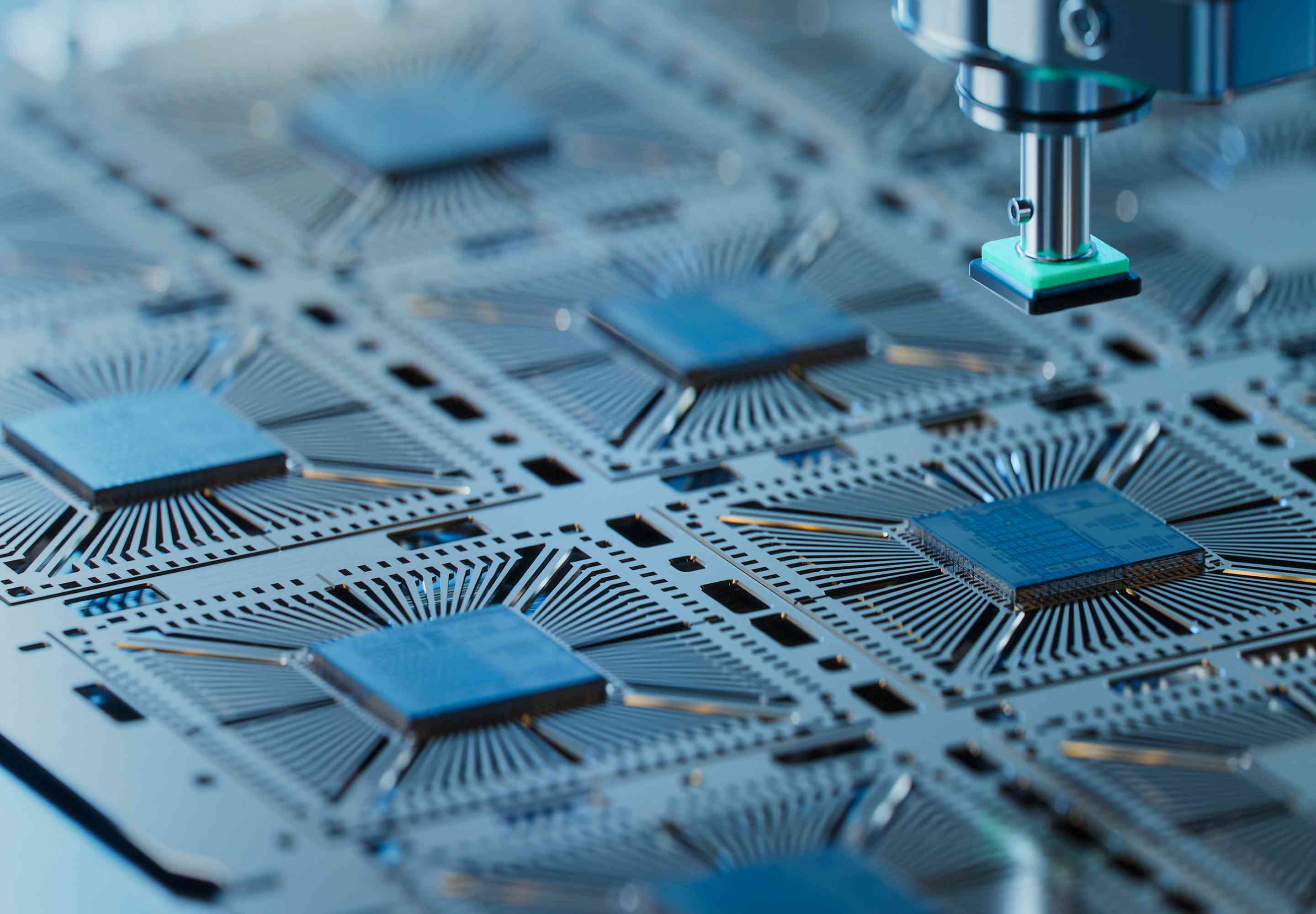-
Featured services
2026 Global AI Report: A Playbook for AI Leaders
Why AI strategy is your business strategy: The acceleration toward an AI-native state. Explore executive insights from AI leaders.
Access the playbook -
Services
Alle Services und Produkte anzeigenNutzen Sie unsere Fähigkeiten, um die Transformation Ihres Unternehmens zu beschleunigen.
-
Services
Network-Services
Beliebte Produkte
-
Services
Cloud
Beliebte Produkte
-
Services
Consulting
-
Edge as a Service
-
Services
Data und Artificial Intelligence
- KI und intelligente Lösungen
- Daten-/KI-Strategie und -Programm
- Data Engineering und Plattformen
- Daten-Governance und -management
- Datenvisualisierung und Entscheidungsfindung
- $name
- GenAI Platforms
- GenAI Industry Services
- GenAI Infrastructure Services
- GenAI Value Transformation
- Data und Artificial Intelligence
-
-
Services
Global Data Centers
-
Beliebte Produkte
-
Services
Application Services
-
Services
Sustainability Services
-
Services
Digital Workplace
-
Services
Business Process Services
-
Services
Generative AI
-
Services
Cybersecurity
-
Services
Enterprise Application Platforms
![]()
IDC MarketScape: Anbieterbewertung für Rechenzentrumsservices weltweit 2023
Wir glauben, dass Marktführer zu sein eine weitere Bestätigung unseres umfassenden Angebotes im Bereich Rechenzentren ist.
Holen Sie sich den IDC MarketScape -
-
Erkenntnisse
Einblicke und RessourcenErfahren Sie, wie die Technologie Unternehmen, die Industrie und die Gesellschaft prägt.
-
Erkenntnisse
Ausgewählte Einblicke
-
Die Zukunft des Networking
-
Using the cloud to cut costs needs the right approach
When organizations focus on transformation, a move to the cloud can deliver cost savings – but they often need expert advice to help them along their journey
-
So funktioniert Zero-Trust-Sicherheit für Ihr Unternehmen
Sorgen Sie dafür, dass Zero-Trust-Sicherheit für Ihr Unternehmen in hybriden Arbeitsumgebungen funktioniert.
-
-
Erkenntnisse
![]()
Copilot für Microsoft 365
Jeder kann mit einem leistungsstarken KI-Tool für die tägliche Arbeit intelligenter arbeiten.
Copilot noch heute entdecken -
-
Lösungen
Alle LösungenWir helfen Ihnen dabei, den Anforderungen an kontinuierliche Innovation und Transformation gerecht zu werden
Global Employee Experience Trends Report
Excel in EX mit Forschung basierend auf Interviews mit über 1.400 Entscheidungsträger:innen auf der ganzen Welt.
Besorgen Sie sich den EX-Report -
Erfahren Sie, wie wir Ihre Geschäftstransformation beschleunigen können
-
Über uns
Neueste Kundenberichte
-
Liantis
Im Laufe der Zeit hatte Liantis, ein etabliertes HR-Unternehmen in Belgien, Dateninseln und isolierte Lösungen als Teil seines Legacysystems aufgebaut.
-
Randstad
We ensured that Randstad’s migration to Genesys Cloud CX had no impact on availability, ensuring an exceptional user experience for clients and talent.
-
-
![Heineken Landing Page]()
NTT DATA und HEINEKEN
HEINEKEN revolutioniert die Mitarbeitererfahrung und die Zusammenarbeit mit einem hybriden Arbeitsplatzmodell.
Lesen Sie die Geschichte von HEINEKEN -
- Karriere
Topics in this article
Industry 4.0 has ushered in a new era for manufacturing, driven by the convergence of operational technology (OT) and IT.
Traditionally, there was a clear divide in this industry between OT and IT. Operators worked on machinery in the factory environment, while IT systems were managed separately.
However, with the advent of intelligent machines and widespread, robust connectivity, the gap is shrinking. Smart and connected factory machines now require collaboration between their operators and IT professionals, resulting in an overlay of systems as well as an integration of people and skills.
This fusion of two worlds means factories are becoming more connected and intelligent as manufacturers integrate the machinery and production prowess of OT with the data processing and analytics capabilities of IT – as well as new and crucial security requirements for connected OT.
The rise of edge-to-cloud solutions
Cloud-native modernization and migration has become a core component of organizations’ digital transformation. But manufacturers have discovered that simply moving everything to the cloud isn’t ideal.
In a factory environment, large volumes of locally generated data need to be processed quickly, and there is little value in sending all this data to the cloud. This is where edge computing plays a vital role.
For example, if you’re using a computer-vision system to detect defects on a fast-moving production line, you need incredibly quick data processing to catch issues in real time and provide actionable insights to operators.
If you have 300 factories running these systems, you don’t want to send all that raw data to the cloud. Instead, only analytics and performance insights should go to the cloud for senior staff to access in strategic decision-making.
A key advancement in this context is the emergence of edge-to-cloud solutions, which allow productivity and performance data to be transferred from the edge to the cloud, facilitating centralized monitoring and analytics-driven improvements across factories.
When offered by managed service providers, these solutions can extend to optimizing a manufacturer’s cloud environment with supporting approaches such as FinOps to deliver financial control alongside performance and security.
How the convergence of OT and IT makes a difference
The newfound alignment between OT and IT is enabling several use cases in manufacturing. Prominent examples include:
- Predictive maintenance: Real-time data allows for predictive maintenance, which goes beyond routine preventive measures to prevent catastrophic failures that can disrupt production. This minimizes the risk of downtime, extends equipment life and increases productivity.
- Worker safety and training: With edge-to-cloud solutions, manufacturers can monitor environmental conditions and worker behavior in real time, making the workplace safer and increasing compliance with safety regulations.
Here, technologies such as augmented reality (AR) are being incorporated into training. You can’t start a fire at a manufacturing site in order to train firefighters and other employees to put out the blaze, but you can use AR to create a realistic simulation of the scenarios without placing humans at risk. - Improve communication and instant collaboration: With AR, remote experts can guide on-site technicians in real time instead of having to travel long distances to factory sites.
- Asset tracking and optimization: If you can’t track where things are in a factory, you not only waste time and resources trying to find goods and equipment but could also lose revenue.
The real-time tracking of equipment – for example, by using IoT-enabled tags or computer vision – allows manufacturers to optimize the usage of their assets and reduce their operational costs.
All these use cases are coming together in a kind of industrial metaverse.
The power of data and analytics, backed by private 5G
You can’t manage what you can’t measure, as the saying goes. The abundance of real-time data generated by connected devices in manufacturing provides valuable insights for decision-making. With the help of analytics and business intelligence tools, plant managers can gain a holistic view of their operations.
Predictive analytics enables proactive and strategic decision-making to optimize production processes, and data-driven defect-detection systems help identify and address quality issues in real time.
However, the fast and efficient flow of huge volumes of data – including video signals – relies on robust connectivity. Private 5G networks now deliver new levels of speed and precision to supercharge asset tracking and process optimization, and the cost of 5G solutions has come down to the point where it is outweighed by data management and security benefits.
Overcoming challenges
The adoption of technology in manufacturing is, however, not without its challenges. Data security and privacy concerns, particularly in view of regulations like the European Union’s General Data Protection Regulation, require careful management of personal information while still leveraging data for operational insights.
Connectivity issues in manufacturing environments, such as limited wireless coverage in certain areas of a factory, can hinder the integration of new technologies. Change management and fostering close collaboration between OT and IT teams – supported by strong leadership to reassure employees – are critical to successful technology implementations.
With strategic planning, technology road-mapping and the support of experienced partners, these challenges can be overcome. Digital transformation can also be achieved incrementally, allowing manufacturers to build up their technological capabilities over time as their resources allow.
The role of Dell Technologies and NTT DATA
As the manufacturing industry evolves, embracing new technologies is crucial for staying competitive and driving sustainable growth. With the help of NTT DATA and Dell Technologies, manufacturers can redefine what’s possible on the manufacturing floor.
Dell Technologies, one of the largest manufacturers in the IT industry, has expertise in both manufacturing processes and the application of Industry 4.0. They work closely with partners like Siemens and SAP to address the specific needs of the manufacturing industry.
NTT DATA complements Dell Technologies’ capabilities with a comprehensive range of services, from edge to cloud, and offers consulting expertise to help manufacturers succeed in digital transformation.
Together, Dell Technologies and NTT DATA deliver validated designs and pre-engineered solutions that optimize manufacturing environments swiftly and efficiently. We’re also committed to continual innovation, giving manufacturers access to the latest technologies, and we have a robust global support structure and system.
This article includes contributions by Bernd Mendl, Global Partner CTO: Global Alliances at Dell Technologies.




